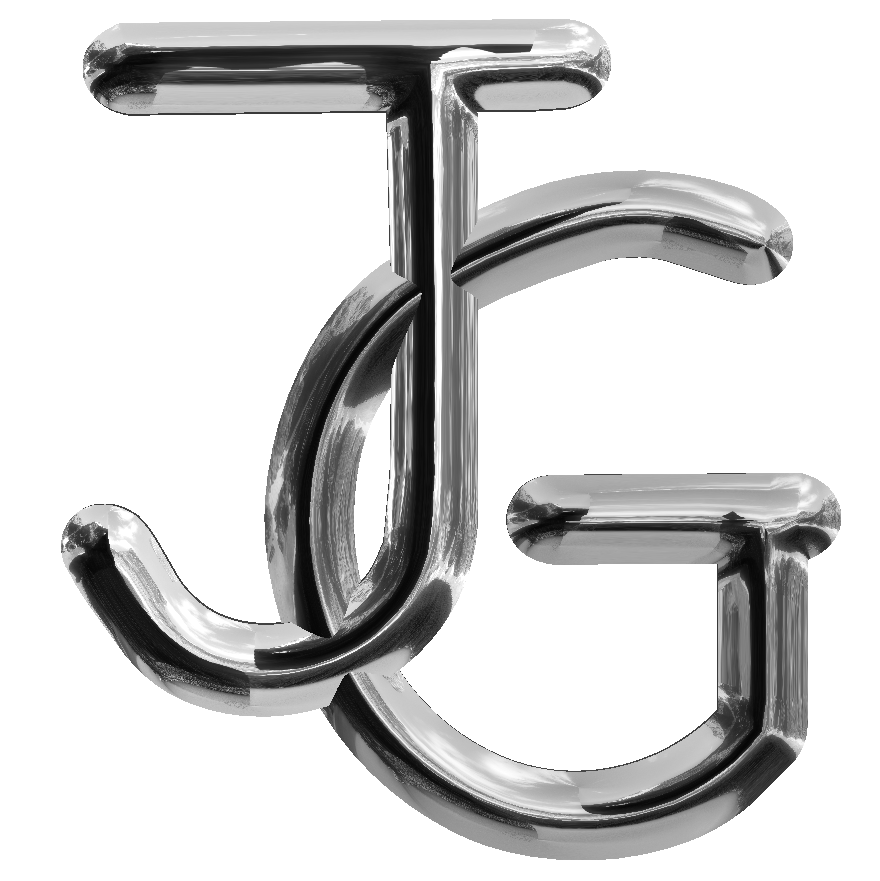I was asked to prepare a set of articles for the Northumberland Photography Club – ON. I entitled the series:
Save, Find, Edit, Output
These articles will discuss how to organize files so that you can find them again, deal with backup and recovery so images are not forever lost, basic editing workflow and finally preparing for output, including colour management.
Let’s start with the first step: saving those image files. When doing so, there really is no ‘best way’ but there are general principles that are tried-and-true.
Guiding principles to Image Management
The following principles for image management are really a ‘best practice’ for most file formats, and this includes data such as Word documents. The basic principles are defined below and we will dive into the details in the future articles:
- Capture images using the best format your camera is capable of recording. Advanced photographers should use ‘camera raw‘ format since that format retains more detail, otherwise select the highest JPEG format available. Also select the best colour space ‘Adobe RGB’ if it is available on your camera since it produces better prints.
- File images into one location such as “Pictures” or what ever folder you prefer to call it. Don’t spread files all over your hard disk. Group files into subfolders so that they can be more easily found later.
- Name images and folders using a consistent file naming convention. Include the Subject in the file name. Subjects may also include date, location, person, event etc. This allows you to more easily find files later. For image files, include the image number from the camera as part of the file name, this will provide a basis to group files later which will be required as we discuss further steps in your workflow. Add the Date to the filename if desired (EXIF data imbedded into the file already contains the date however) so you may not require that as part of the filename.
- Backup all images to another storage device. This manages hardware failures. Typically this backup is located somewhere on your premises and is not that expensive to maintain or difficult to perform.
- Test the ‘restore’ process every now and then. Sometimes the restore does not work, thus you really don’t have a viable backup.
- Protect Critical Files in a separate geographic location. Protect those key files from loss due to the following threats: hardware or software failure, theft, disasters (such as fire/flood etc.) and human error. Your backup and restore strategy need to consider these risks types and how tolerant you are to loss verses the cost of mitigating those risks. We will discuss the details later but Critical files (such as those ‘keeper’ images and other key documents) should exist in a separate geographic location. This special backup deals with the disasters mentioned above and it’s a different backup form that referred to in item 3. You will need to determine if you really are willing to ‘chance it’ or want the security, effort and cost of having yet another backup.
- Use a consistent workflow when processing image files. It sometimes is necessary to have different versions of the same image, one ‘original’, one for web display (reduced resolution) and another for printing; using a workflow helps to organize the process providing a means of managing the related files. This is a large subject that will be dealt with in subsequent articles.
- Avoid overlapping software tools. Multiple tools will create too many catalogues, making it more difficult to find and manage images. For example, don’t use more than one of the following tools: Aperture, Lightroom, iPhoto or Adobe Bridge to manage your catalogue of images. When choosing a tool, consider your longer term needs and allow room for growth. Pick one tool and stick with it.
- Avoid saving to multiple output locations. Don’t export files to more than one photo site: Picasa, MobileMe, Flickr, Facebook, etc. Pick one and stick to it; it’s easier to manage and your many dedicated followers will be able to more easily find your output.
Following the above principles takes time, so don’t get discouraged if you don’t succeed right away. Chip away at it, and eventually it will all get organized.
For details on the first 6 steps please see: www.jeffgardner.ca/NPC/Article1.pdf

